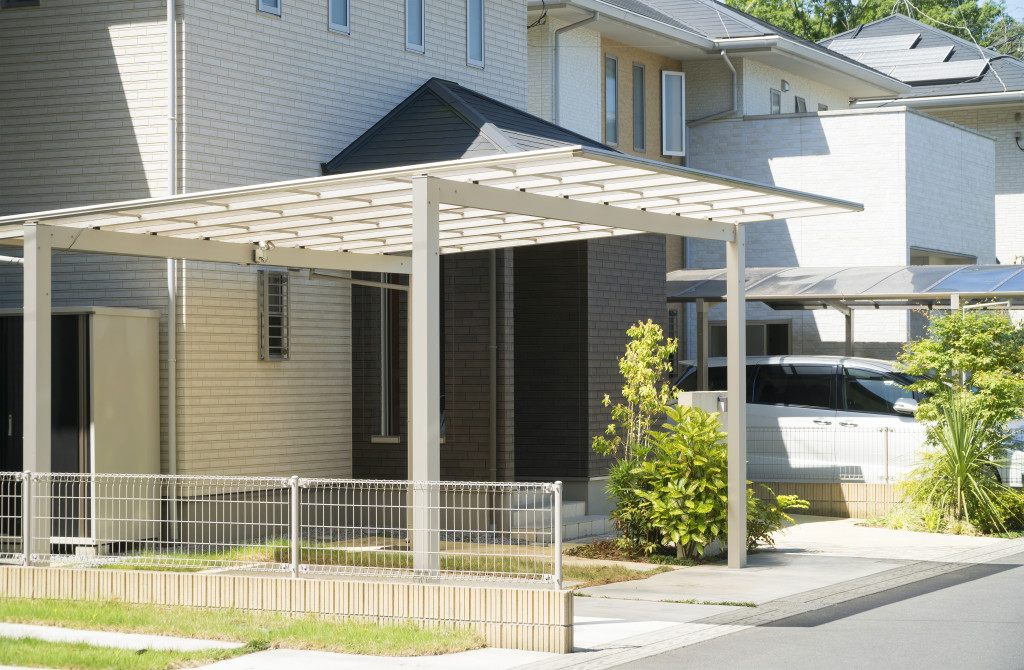A bit of rain won’t hurt — that’s what most people think. Rain and water are some of the weather conditions that most people experience in the United States. Although rain is a non-issue for most people, it’s one of the most devastating elements of nature that can compromise your home’s structural integrity. Water damage is a common issue that around 14,000 households in the United States experience in water damage emergencies in a single day.
If not appropriately addressed, this can lead to damaged appliances, flooded basements, and weakened foundations. Compared to other structural damages, water damage is usually long-term and generally costs more to repair. But the good news here is that there are a variety of ways to keep your home dry.
So what are some immediate steps you should take when your home is exhibiting signs of water damage? How do you cut down on your expenses for repairing your home while still keeping much of the structural integrity intact? Here are some tried and tested strategies that you can consider.
Looking at Your Entryways
One of the most critical parts of keeping your home dry is focusing on your entryways and external structures. Most areas of your home that are roofed won’t be much of a problem since these areas are kept dry with good insulation. Most types of roofing are versatile against heavy rain and leaks. But homeowners should be wary of entrances to their home’s interiors and areas with no roofs where water can pool.
This is one of the main reasons homeowners focus on their doors, windows, and decks prone to get soaked by water. These areas are also avenues of approach for moisture, which can lead to biological contaminants.
Some many contractors and professionals would suggest focusing on parts that have no roofs. This includes decks, pergolas, gazebos, patios that are more vulnerable to the elements. You might want to consider investing in waterproof building materials since this mitigates damage from water and moisture. Don’t know how you can waterproof your wooden construction materials? There are guides on waterproofing your plywood deck that can keep your structures in a pristine condition.

Identifying Biological Growth
Another pressing issue that most homeowners are unaware of is that water damage can lead to biological growth. This can come in the form of molds and mildews. Not only do these biological contaminants make your ceilings and most surfaces look unsightly, but this can also cause health complications if not addressed appropriately. Molds gain nutrients from the wooden surfaces that they stick to, which can weaken wooden support beams.
Contrary to what most people believe in, many molds usually appear just a day after heavy rains or flooding. Once these biological growths take root, it’s going to be a challenge completely removing them from your household. The best way of ensuring that molds do not grow is by quickly removing items that can absorb moisture and potential surfaces where molds can grow.
In most cases, some professionals are well-versed in removing these contaminants. Waterproofing is also a great way of keeping wooden surfaces in pristine condition.
Taking a Proactive Approach
Last but not least, one of the most important ways of ensuring that your home remains dry, even during heavy rains, floods, and hurricanes alerts, is by taking a more proactive approach in renovating your home. Instead of taking steps to repair damages from leaks, missing shingles, and clogged gutters, prevention is still one of the best ways of keeping your home dry. After all, nobody wants to spend thousands of dollars on major repairs and replacements when they can be prevented.
If you’re still in the process of planning out your home’s design, you might want to consider reviewing your home’s design. Some of the best ways of keeping your home dry are usually built-in to the home’s design. For instance, insulation foam is traditionally used by many homes situated in colder climates since this can help retain heat and keep the temperature stable.
You can keep your home dry and in pristine condition in various ways. Compared to other types of damage from natural elements, water damage is one of the most expensive damages to your home. Not only can water damage have a significant impact on your home’s structural integrity. But this can also breed physical and biological hazards that can cause health complications in the long run.
Being proactive, emphasizing prevention, and identifying tell-tale signs of water damage are just some ways of mitigating any damage to your home’s structure. Remember: it’s better to spend a few hundred dollars on renovations than spend thousands on replacements and major repairs.



